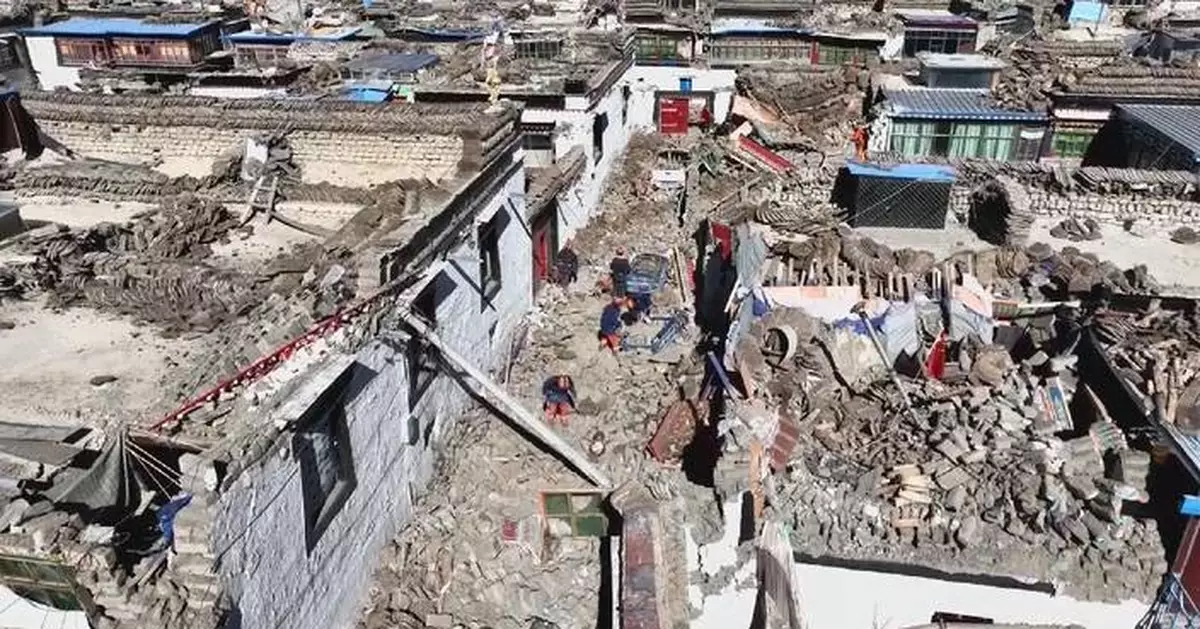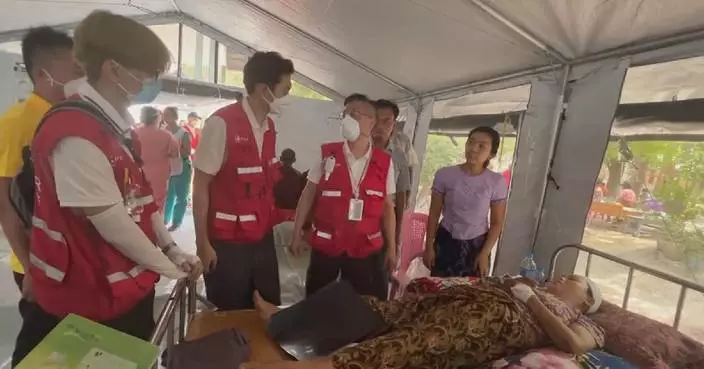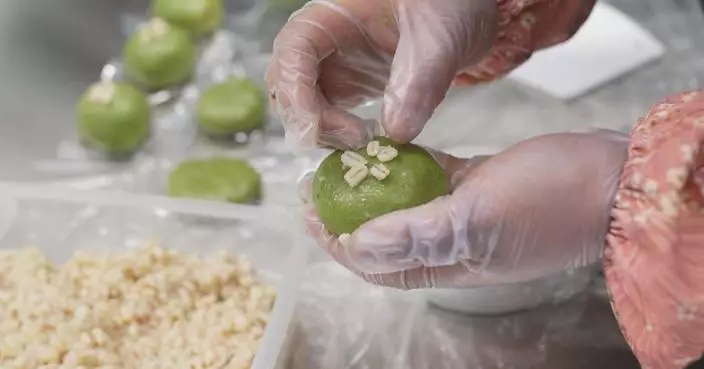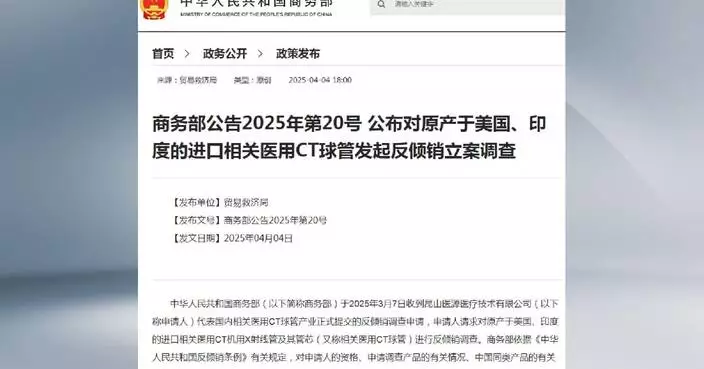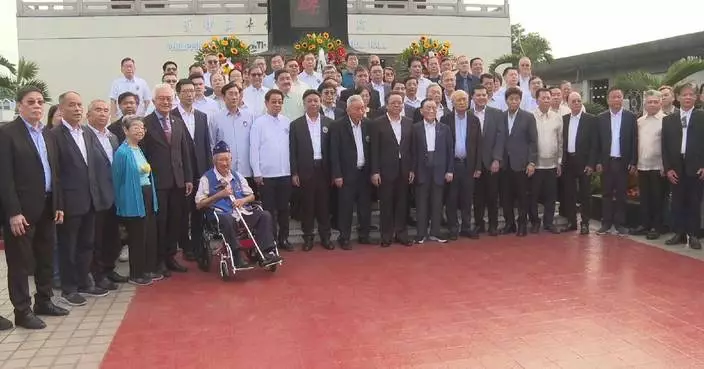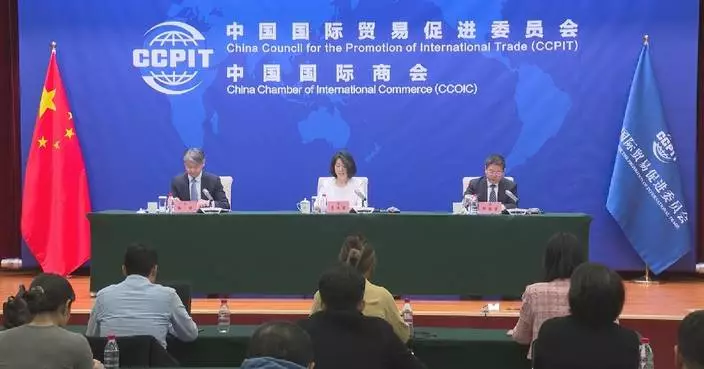Local authorities and rescuers are conducting thorough search and rescue operations in quake-hit areas in southwest China's Xizang Autonomous Region, while relief teams provide hot meals and supplies for relocated villagers to help stave off the bitter cold.
The 6.8-magnitude quake struck Dingri County in Xigaze at 09:05 on Tuesday morning, causing at least 126 fatalities and 188 injuries and leading to the collapse of over 3,600 houses.
The Xizang Fire and Rescue Corps has sent 900 rescuers, 151 fire trucks, 18 search and rescue dogs and over 20,000 pieces of equipment to the earthquake-stricken areas.
Changsuo Township is one of the worst-hit areas, where rescuers are racing against time to search for survivors in the rubble, with the assistance of life detectors and search and rescue dogs in villages such as Senga, Gurong and Yubai.
In Gurong Village, local authorities have taken swift actions after the earthquake to distribute food and emergency supplies to the affected villagers, ensuring they have suitable shelter as temperatures plummet at night.
"The village comprises 41 households of 222 residents. Following the earthquake, authorities at all levels have committed significant efforts. They have organized relief operations in an orderly and effective manner. As of yesterday afternoon, all trapped people have been safely relocated. On the same day, we promptly provided them with hot meals and some supplies to keep out the cold," said Xu Chao, the first Party secretary of Gurong Village.
"Our main tasks for today focus on three key points. Firstly, we are preparing to organize personnel to rescue the property of villagers buried under the rubble. Secondly, we are planning to arrange for our Party officials to visit households to provide psychological comfort for villagers. Thirdly, we will coordinate the relevant logistics support to speed up the opening of as many hot food supply points as possible so that our villagers can eat hot meals on time," he said.
In Yubai Village, rescuers are working to secure basic supplies for the affected residents, where no casualties were reported but 28 homes were damaged.
Tents have been set up for every household in the village, and large machinery has been sent to the village to dispose of over 100 deceased animals to prevent the outbreak of diseases after the earthquake. Besides, local police officers have installed heaters in every tent, while the power supply network is still in repair.
Medical officers have been dispatched to eight villages in the quake-affected areas, serving over 200 villagers and distributing more than 500 packets of medicine.
The Ministry of Emergency Management has also motivated many state-owned enterprises to dispatch additional supplies to the earthquake-stricken areas.
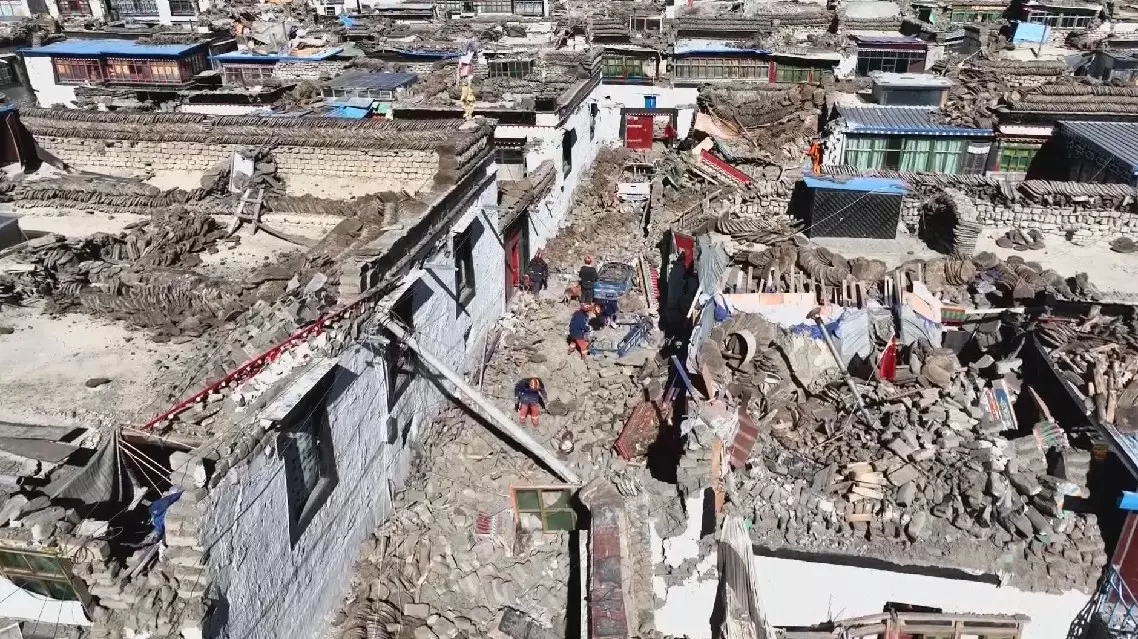
Rescuers search for survivors, provide emergency supplies in quake-hit villages
As the Qingming Festival approaches this Friday, various traditional folk activities have been held across China, celebrating the rich cultural heritage of the occasion.
With a 2,500-year history, Qingming Festival, or the Festival of Pure Brightness, observed in early April, uniquely combines ancestral worship with the celebration of spring. Falling on the 15th day after the spring equinox, this ritual-rich observance reflects China's enduring values of ancestral veneration and inspires deep introspection about what gives life meaning.
In Sijia Village, Huayin City, northwest China’s Shaanxi Province, a unique swing festival is held to mark the occasion. Eighteen different types of traditional swings, such as the spinning wheel swing, the Bagua swing reminiscent of a rotating carousel, and the balance swing designed for two people, have attracted many visitors.
Historically, Sijia Village served as a military post guarding the strategic Tongguan pass, a former mountain pass and fortress located south of the confluence of the Wei and Yellow Rivers. The swing tradition in the village has its origins in military training exercises like climbing and river crossing. The local swing culture further developed as regional trade flourished, eventually evolving into the "swing festival" that continues today.
"It's very exciting and tests your skill, endurance, and most importantly, your arm strength. You need to maintain balance," said Qu Xiangyang, a visitor.
In Rudong County, Nantong City, east China's Jiangsu Province, another traditional Qingming activity takes place - kite flying.
Flying kites as a way of making wishes is an age-old Qingming custom in this region. As a result, the Qingming Festival in Nantong is also known as the "Kite Festival."
The local Banyao whistling kite making skills is listed as one of the first national intangible cultural heritage items.
According to a folk culture expert, people traditionally write the names of diseases or misfortunes on paper, attach it to a kite, and release it into the sky. This practice is believed to drive away illness and disaster, while also serving as a way to make wishes.
In south China's Guangdong Province, a large tug-of-war competition is underway in Maoming City. Teams from different towns and streets are competing, attracting many locals to cheer on their teams.
Tug-of-war, which originated during the late Spring and Autumn period (770 BC - 476 BC), became part of Qingming customs during the Tang Dynasty (618-907). Emperor Xuanzong of the Tang Dynasty once organized large-scale tug-of-war competitions for the festival.
"Tug-of-war became very popular in the Tang Dynasty, even emerging as the national sport. It originated in the Jingchu region and later spread across the country. In ancient Lingnan (Southern China), tug-of-war games were a common tradition. Through these events, people seek to pray for peace, prosperity, and abundant harvests," said Yao Guojun, vice dean of the College of Arts and Law, Guangdong University of Petrochemical Technology.
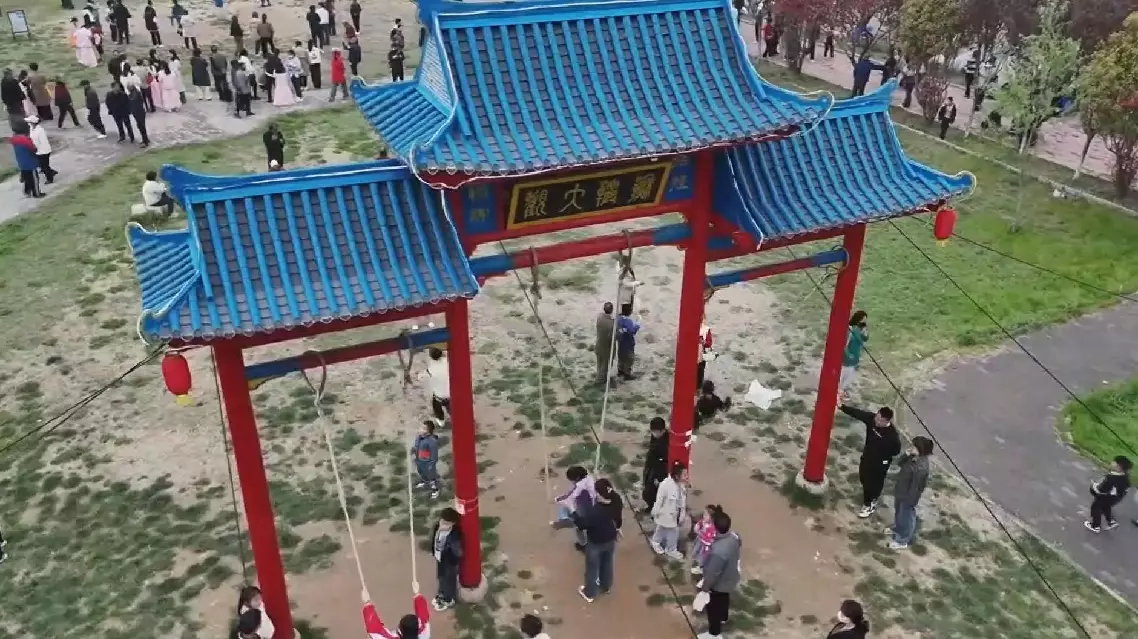
Traditional folk activities held for Qingming Festival



